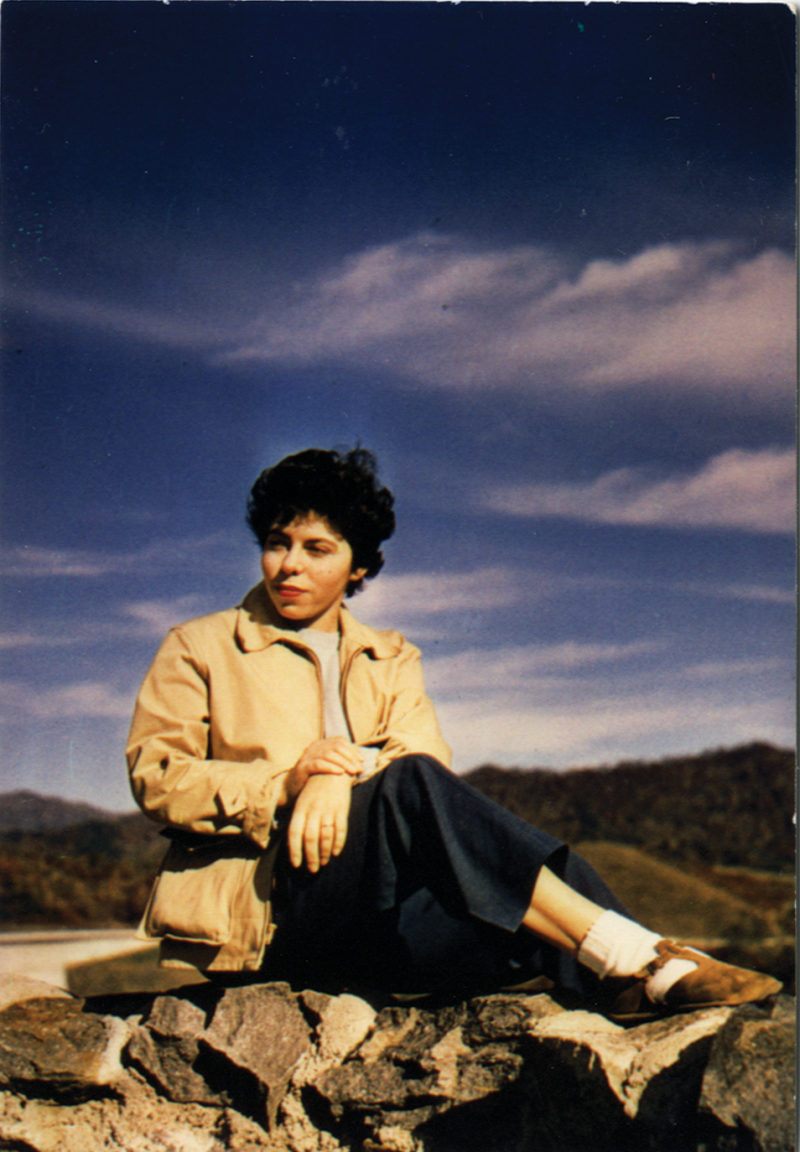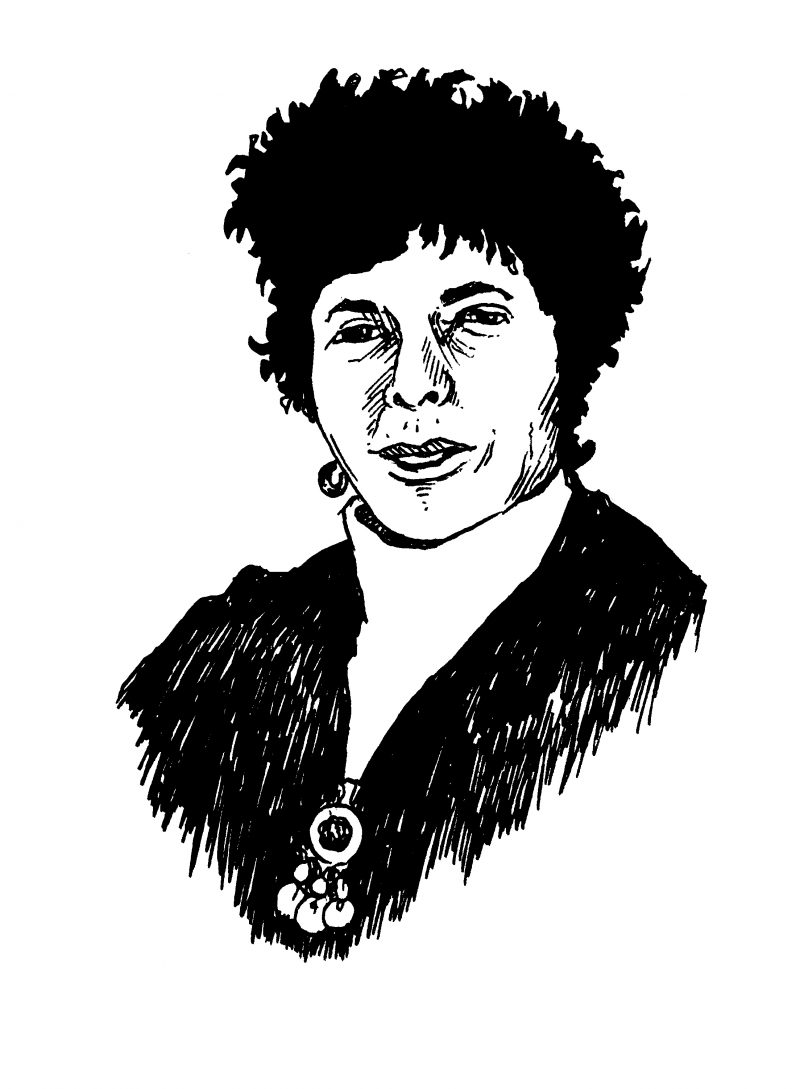In January 1947, when I was twenty-one, I went to Oak Ridge, Tennessee, to work as a low-level physicist on a secret project, NEPA. I knew nothing about NEPA except that it was an acronym for Nuclear Energy for the Propulsion of Aircraft. As for Oak Ridge, I knew from accounts after the bombings of Hiroshima and Nagasaki, in August 1945, only that the project had produced fissionable material for the atom bomb.
I had accepted the Oak Ridge job after a single telephone call from an official at NEPA. My name had apparently been plucked from a roster of junior physicists who had worked on defense contracts during the war. My employment background was not a sterling one, as I had a history of rebelling against my supervisors. But the caller seemed to know no more about me than I knew about him, so I supposed he just needed to recruit bodies. I had run out of money, and my projected salary, two hundred dollars a month, sounded like untold prosperity to me. Uncertain and confused as I was about my future, perhaps I thought chance was showing me the way.

I arrived in Oak Ridge one wet January night to find a still-secret enclave, access rigorously monitored at its gates. My first night I spent at the Guest House, a two-story white building fronted by a covered porch with rocking chairs. The simple room with a shared bath was $1.50 a night, and included cockroaches climbing the walls. In the morning, my new boss, Sol, appeared. He was a small, nervous man, visibly preoccupied as he took me to an office where I filled out the necessary forms asking for the history of my life.
The rest of the day I was left to my own devices, and I walked around the center of town, called Townsite. It had small wooden buildings, which looked as if they had been erected in one day only to begin decaying the next. The storefronts and interiors of the shops were as colorless as the gray day. I ventured away from the center to an area of two-story buildings that looked like apartments, with unpaved streets and wooden sidewalks. It had begun to rain again and there was mud everywhere, like a dark overlay, the physical counterpart to the prevailing secrecy. (The plants that produced fissionable material, code-named K-25, Y-12, and X-10, were at a considerable distance from the center of town.)
As a single person, I was assigned a room in a dormitory, Chester Hall, a shabby building housing 140 women, mostly service workers but also several secretaries and a...
You have reached your article limit
Sign up for a digital subscription and continue reading all new issues, plus our entire archives, for just $1.50/month.
Already a subscriber? Sign in





